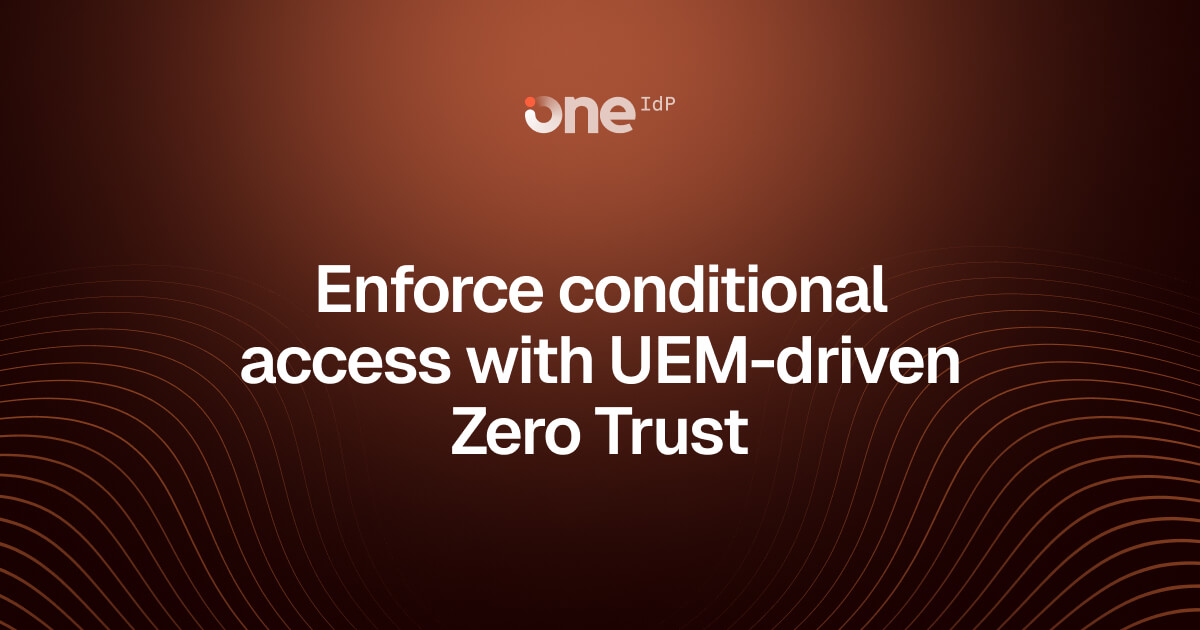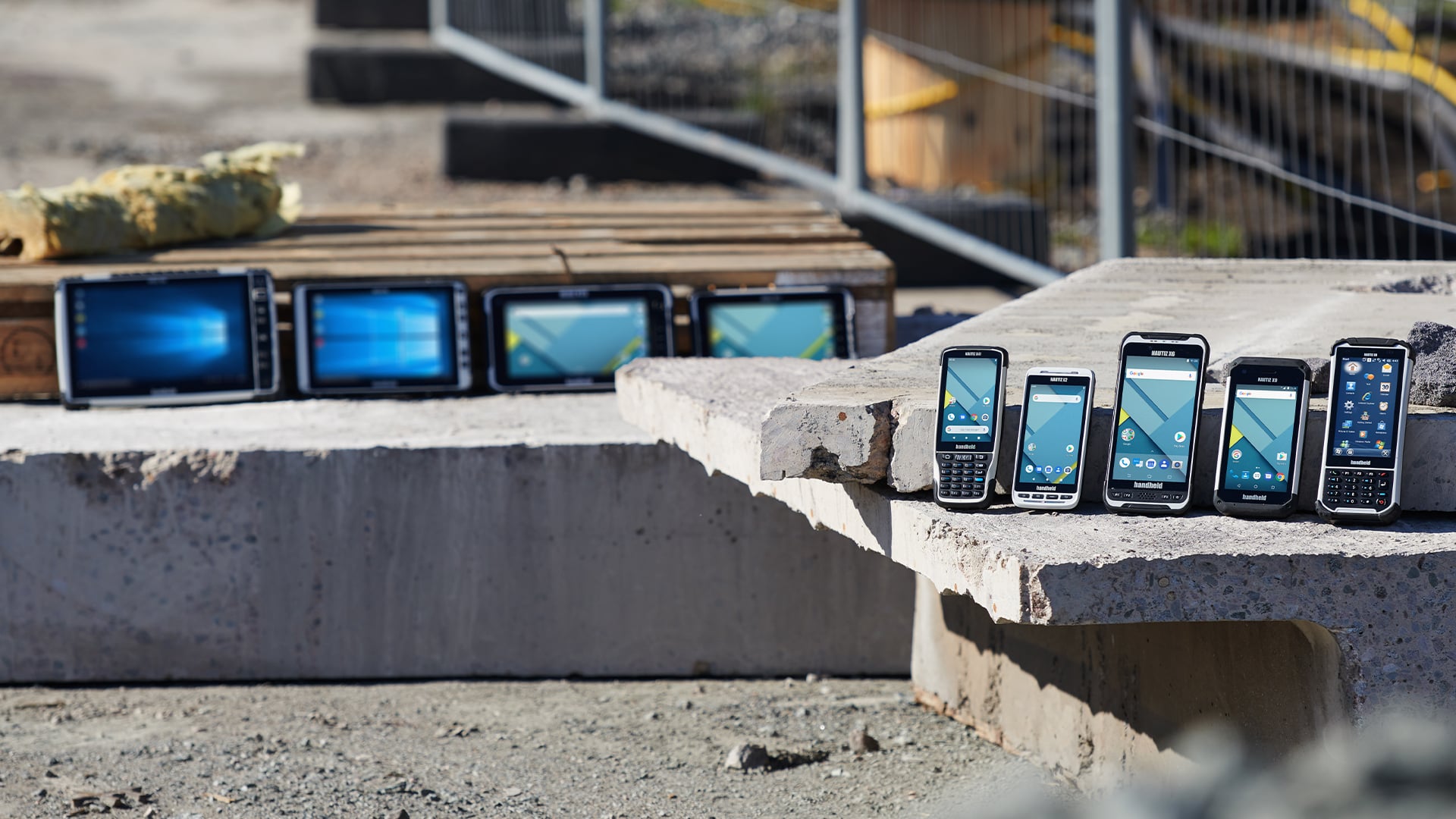5 Zero Trust Security Solutions to Know in 2025 (and What They Actually Do Differently)

Strong 8k brings an ultra-HD IPTV experience to your living room and your pocket.
There’s no such thing as “inside the network” anymore.
Your team might be remote, hybrid, or on-site. Your applications are likely scattered across on-prem, cloud, and SaaS. And your data? Let’s just say it’s been on more road trips than your sales team.
This isn’t the environment perimeter-based security was built for. And that’s exactly why Zero Trust Security has moved from theory to default. In 2025, “trust no one, verify everything” isn’t just a posture—it’s a necessity.
But here’s the thing: Zero Trust isn’t one product, and it’s definitely not a one-size-fits-all approach. Some companies need tight identity control. Others care more about securing workloads or remote access. So, who’s actually helping businesses make this shift without sending their IT teams into a tailspin?
We looked at five platforms that are doing more than just talking about Zero Trust—they’re helping companies live it. Each brings something unique to the table.
1. Scalefusion OneIdP – Simplifying Identity-Led Zero Trust for Growing Teams
Scalefusion OneIdP focuses on what many Zero Trust journeys start with: identity. Built for SMBs and scaling enterprises, OneIdP unifies user identity, device posture, and access management without piling on unnecessary complexity.
If you’re already using Scalefusion for device management, OneIdP makes the jump to Zero Trust smoother—no extra silos, no re-training teams.
Why it works:
- Unified platform for identity, device posture, and policy enforcement
- Clean, no-fluff dashboard—everything in one place
- Seamless integration with existing Scalefusion-managed devices (Android, iOS, Windows, rugged devices)
- Lightweight setup for teams without dedicated security departments
2. Zscaler Zero Trust Exchange – Enterprise-Grade Security, Minus the Network
Zscaler has been rethinking security perimeters for years. Their Zero Trust Exchange doesn’t route users through corporate networks—it connects them directly to apps with granular policies, brokering access based on identity, device, and risk.
You don’t get access unless you’re authorized. And even then, you’re only exposed to exactly what you need.
Why it works:
- Eliminates lateral movement by design—users never “see” the network
- Cloud-native architecture means no traditional VPN overhead
- Works across cloud, on-prem, and hybrid environments
- Scales easily for distributed enterprises with global users
3. Perimeter 81 – ZTNA That Doesn’t Feel Like Work
Perimeter 81 brings a refreshing take to Zero Trust—intuitive, visual, and fast to deploy. It’s especially popular among IT teams that want policy control without wrestling with complex configs.
Instead of routing everything through legacy firewalls, it builds dynamic access rules around users, roles, and devices—making it easier to segment and control traffic without slowing people down.
Why it works:
- Beautiful, modern UI that simplifies policy creation
- VPN-less secure access with device-level and user-based rules
- Granular segmentation for departments, projects, or app types
- Quick deployment for mid-sized teams and fast-moving companies
4. Cisco Zero Trust – The Framework Approach for Hybrid Giants
Cisco’s take on Zero Trust isn’t just a single product—it’s a full-stack security framework that stretches across network infrastructure, workloads, and user access.
If you’re already using Cisco networking gear, Duo for MFA, or Umbrella for DNS security, the Zero Trust transition becomes a layering process rather than a rip-and-replace.
Why it works:
- Covers all three key Zero Trust pillars: workforce, workload, workplace
- Deep visibility across network and security layers via SecureX
- Built-in integrations across the Cisco ecosystem
- Enterprise-ready with support for hybrid and legacy environments
5. Microsoft Azure Entra ID – Where Identity Meets Massive Scale
Entra ID (formerly Azure Active Directory) is Microsoft’s identity and access engine—and it plays a central role in their Zero Trust story. With Conditional Access at its core, it helps teams control who accesses what, from where, on which device, and under what conditions.
It’s deeply woven into Microsoft 365, Azure, and thousands of third-party apps, making it the go-to choice for orgs already operating in the Microsoft stack.
Why it works:
- Fine-grained access policies based on real-time risk assessment
- Seamless MFA, identity protection, and governance built in
- Integrates natively with Microsoft services and external SaaS apps
- Scales across global enterprises and federated identity systems
Zero Trust That Actually Fits the Business
The question in 2025 isn’t “should we move to Zero Trust?”—it’s “Which version of Zero Trust fits the way we work?”
Some companies need surgical access control for a remote-first team. Others need to wrap modern policies around legacy infrastructure. A few just need a straightforward path that doesn’t create more tech debt.
For businesses already managing a mix of smartphones, tablets, rugged handhelds, or frontline devices, that path might look a little different. Especially if identity, access, and device security all need to live in the same room—without making life harder for IT.
That’s where platforms like Scalefusion OneIdP quietly step in. By simplifying Zero Trust fundamentals—starting with user identity and device posture—they offer a version of Zero Trust that feels less like an overhaul and more like a progression.
Because trust might be zero, but friction doesn’t have to be high.
Note: IndiBlogHub features both user-submitted and editorial content. We do not verify third-party contributions. Read our Disclaimer and Privacy Policyfor details.







